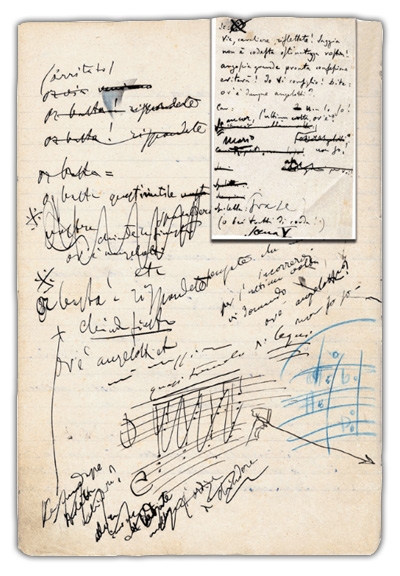In 2008 the technology and publishing executive Joel Bresler created the multimedia website Follow the drinking gourd to share his research into the origins and history of the U.S. song, which was popularized by The Weavers and has been recorded some 200 times and reprinted in over 75 songbooks.
While providing ample documentation of the song’s reception history, this unusual resource probes persistent questions regarding the song’s provenance—not least, whether there is any basis for the idea that it was sung by African Americans during the Underground Railroad era. The site presents discussions by authoritative folklorists exploring such questions, and concludes with an invitation to collaborate by supplying further documentation.
Above, the first known publication of the song (Austin: Texas Folklore Society, 1928).





